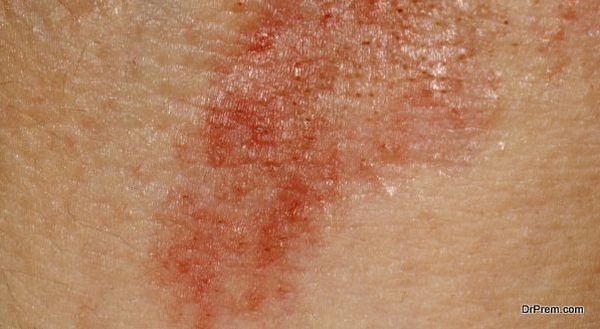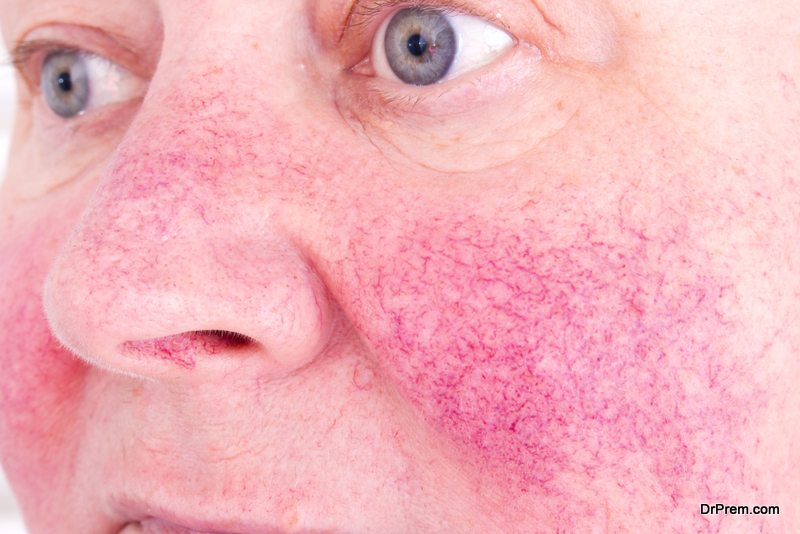The human skin is an amazing thing. It protects our bodies from the outside elements, including bacteria, aside from helping you retain the water we need to function and protect nerves, organs, and blood vessels.
But even though the skin is a strong, protective layer, it’s also subject to injury, infection, and other bothersome conditions. Here we’ll examine some of the most common skin disorders, their symptoms, causes, and treatment options.
Eczema

Eczema is a common skin condition accompanied by itchy and inflamed skin. This condition can affect infants, children, teens, and adults but often appears differently among the age groups. Infants suffering from eczema often experience patches of the rash on their face and cheeks. As patients grow older, eczema is found behind the knees and inside the elbows.
The most common form of eczema is referred to as atopic dermatitis, but there are other, less common forms of the rash. These include:
· Contact Dermatitis
Caused by contact with irritating substances and results in redness, itching, and burning. The inflammation disappears once the irritant is removed. There are thousands of possible irritants that can cause contact dermatitis from lotions and creams to airborne substances. That’s why it’s so important to choose skin care products that work best with your skin from face cleansers and shaving cream to moisturizers and even sunscreen.
· Nummular Dermatitis
This type of eczema breaks out primarily in the winter months as round patches of dry skin. More commonly seen in men, nummular dermatitis is found primarily on the legs.
· Dyshidrotic Dermatitis
A condition more commonly found in women, dyshidrotic dermatitis causes itchy patches of skin that resemble scales, on the bottom of the feet, palms, and fingers. The skin on these patches often flakes off or cracks, causing discomfort and pain.
· Seborrheic Dermatitis

This type of eczema affects the face and head. An itchy, scaly rash appears on the scalp, behind the ears, on the eyelids and eyebrows, as well as along the sides of the nose.
There is no definitive cause of eczema but it’s believed to be connected to an overactive immune system or one that attacks proteins in the body. The immune system’s reaction causes swelling, redness, irritation, and inflammation. Here are just a few things that can cause an outbreak of eczema.
- Stress
- Sweating
- Food allergies
- Temperature change
- Chemicals
- Fabric
There are several different ways to treat eczema, depending on the type. Most medications are found over the encounter and include topical ointments and creams, as well as low-potency steroids. Some medications for treating eczema can cause drowsiness, so be sure to read the label before using them.
Other treatment options include light therapies and lifestyle changes. Consult a dermatologist before choosing a treatment plan for your eczema.
Hives
Hives are most commonly caused by an allergic reaction to some type of irritant, either in the air or in medication or food. Hives present themselves as itchy, raised welts on the skin and can appear anywhere on the body. Hives are usually a temporary problem addressed with allergy medication. Though, in some instances, hives can develop into a more severe situation including chronic hive or anaphylaxis.
So what exactly causes these tiny pink bumps? We know that they are triggered by an outside irritant or something you’ve consumed, but it’s the way your body reacts to these allergens that causes the appearance of hives. When you have an allergic reaction, your body releases something known as histamines, which are a chemical designed to fight against infection. Though histamines are a positive reaction in your body, they sometimes cause itching and swelling.
Allergens that cause hives include pollen, animal dander, bug bites, medications or foods. But hives are also brought on by stress, certain clothing, infections, illnesses, or extreme temperatures. There is no specific cause of hives, which makes their treatment difficult. But the first step in the treatment process is to determine why you’re experiencing hives in the first place.
Your doctor can run simple tests to determine the cause of your hives, which may include a blood test. Mild or temporary hives can be treated in a variety of ways, including:
- Antihistamines
- Avoid hot water
- Avoid touching the irritated area
- Take a cold bath or shower
Most mild cases of hives will go away on their own and are relatively harmless. If you experience difficulty breathing in combination with hives, you should seek medical attention immediately. Otherwise, hives will be uncomfortable and itchy for a short period of time before disappearing on their own.
Rosacea

Rosacea is extremely common, though there is no known cause or cure. Rosacea is a chronic condition that affects millions of people. Though there is no cure, doctors can use certain treatment options to offer relief from some of the most common symptoms of rosacea. Rosacea presents itself as small, red bumps on the face, primarily the cheeks, nose, and forehead. These bumps are often filled with pus and appear in cycles. This means you may experience a breakout of rosacea for several weeks or months at a time, after which symptoms will subside and then return.
There are four subtypes of rosacea and individuals can suffer from several types simultaneously.
· Ocular
Affects the eyes specifically, causing redness and irritation. Eyelids may be swollen. Rosacea on the eye resembles a sty.
· Phymatous
The affected skin has a bumpy texture and appearance where the skin has thickened.
· Erythematotelangiectatic
Symptoms include redness and flushing of the skin, as well as visible blood vessels.
· Papulopustular
This type of rosacea resembles an acne breakout, causing redness and swelling.
Your symptoms will help determine the type of rosacea you’re suffering from. Though there’s no known cause for this skin disorder, some environmental factors might worsen symptoms. Others are linked to hereditary factors. Environmental irritants include:
- Alcohol
- Spicy foods
- The presence of cathelicidin in the body (a protein)
- Intestinal bacteria
- Skin mites known as demodex
Once your rosacea is diagnosed, you can make some mild lifestyle changes to help keep symptoms at bay. Using sensitive skin cleansing products is a good first step. You should also avoid products that contain alcohol, menthol, exfoliating elements, and witch hazel. These ingredients can worsen symptoms and irritate the skin. Your doctor may also recommend antibiotic creams or oral treatments. You can also record your symptoms and reactions to help determine other triggers. Try avoiding direct sunlight and consuming too much alcohol. Other treatments may include light or lasers and microdermabrasion, depending on the type of rosacea you suffer from.
Know What to Look For
The first step against any type of skin disorder is to understand the symptoms and warning signs. Once you experience any type of skin irritation or discomfort, you can start identifying triggers to help determine the cause. The type of irritation can also help diagnose the specific skin disorder. It’s always recommended to seek medical attention for a proper diagnosis and treatment plan.
Article Submitted By Community Writer




